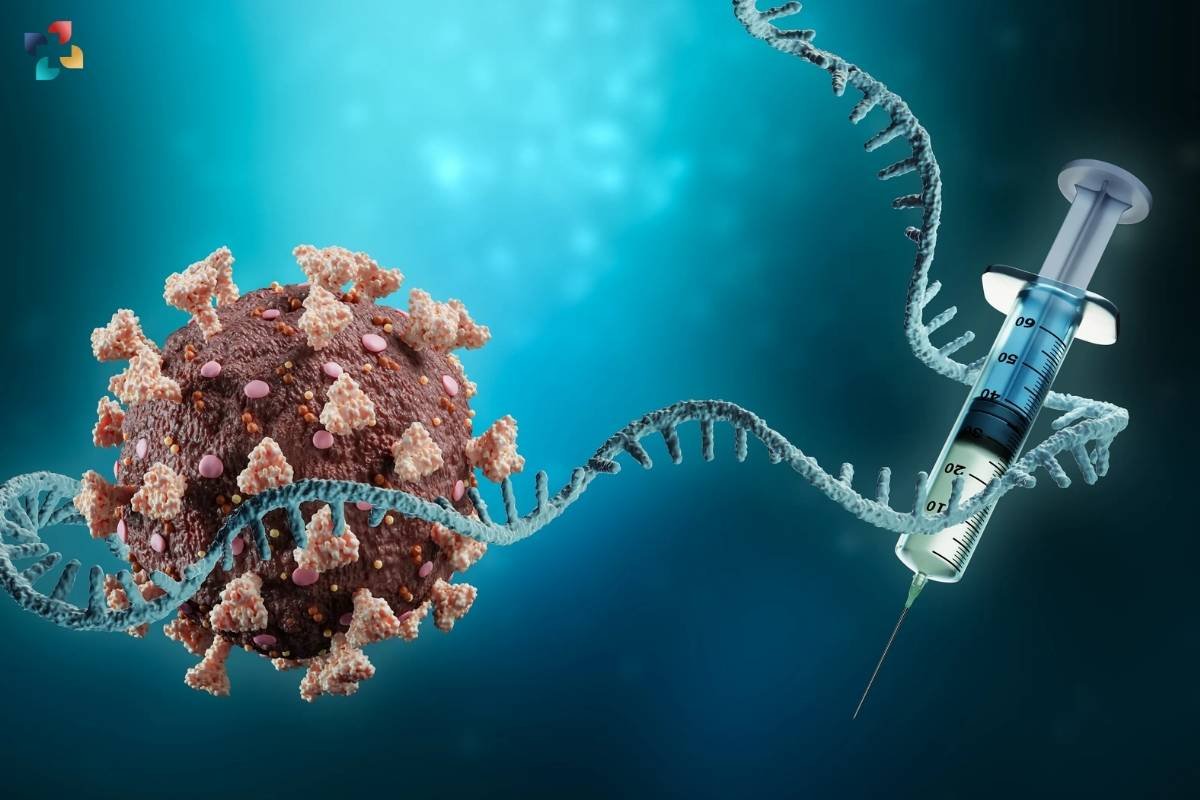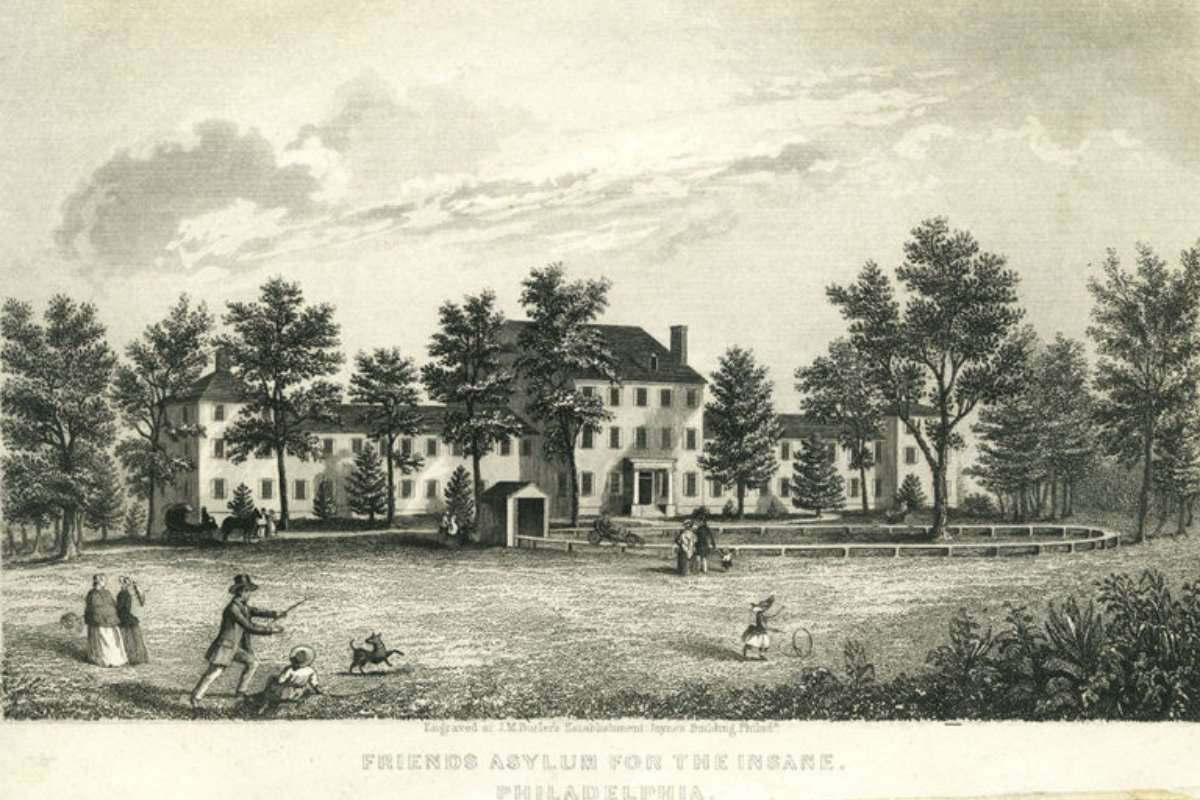Source-covidblog.oregon.gov
Unveiling the Power of Language Models in Genetic Research
Researchers at Princeton University, led by machine learning expert Mengdi Wang, have embarked on a groundbreaking endeavor: utilizing language models to delve into the intricacies of the genetic code. Just as language models have revolutionized various domains, from coding software to passing bar exams, they are now being employed to decode the genetic language. This innovative approach aims to optimize mRNA vaccines, such as those utilized against COVID-19, by honing in on partial genome sequences and enhancing their efficacy.
Unraveling the Central Dogma of Biology
The central dogma of biology elucidates the flow of genetic information, wherein DNA is transcribed into RNA, which, in turn, is translated into proteins. In this process, messenger RNA (mRNA) plays a pivotal role, serving as the intermediary that converts genetic information into functional proteins. However, only a portion of mRNA contains the code for protein synthesis, while the remainder regulates the translation process. Wang and her team focused on this untranslated region of mRNA to optimize protein production efficiency, thereby enhancing the effectiveness of mRNA vaccines.
Pioneering Advancements in Vaccine Development
Through their innovative approach, Wang’s team trained a language model on genetic sequences from various species and generated hundreds of optimized sequences. These sequences, validated through laboratory experiments, exhibited superior efficiency in protein production compared to existing benchmarks.
This significant advancement not only holds promise for improving COVID-19 vaccines but also extends to combating other infectious diseases and cancers. Moreover, the success of the language model hints at its potential in deciphering gene regulation mechanisms, offering insights into the origins of diseases and disorders. Wang’s collaboration with researchers from RVAC Medicines and Stanford University School of Medicine underscores the interdisciplinary nature of this transformative research.
Overall, the fusion of language models and genetic research represents a pioneering leap in the quest for more effective vaccines and deeper insights into the complexities of the human genome.
Also Read: The mRNA Vaccine Promises to Reduce the Risk of Melanoma Relapse







